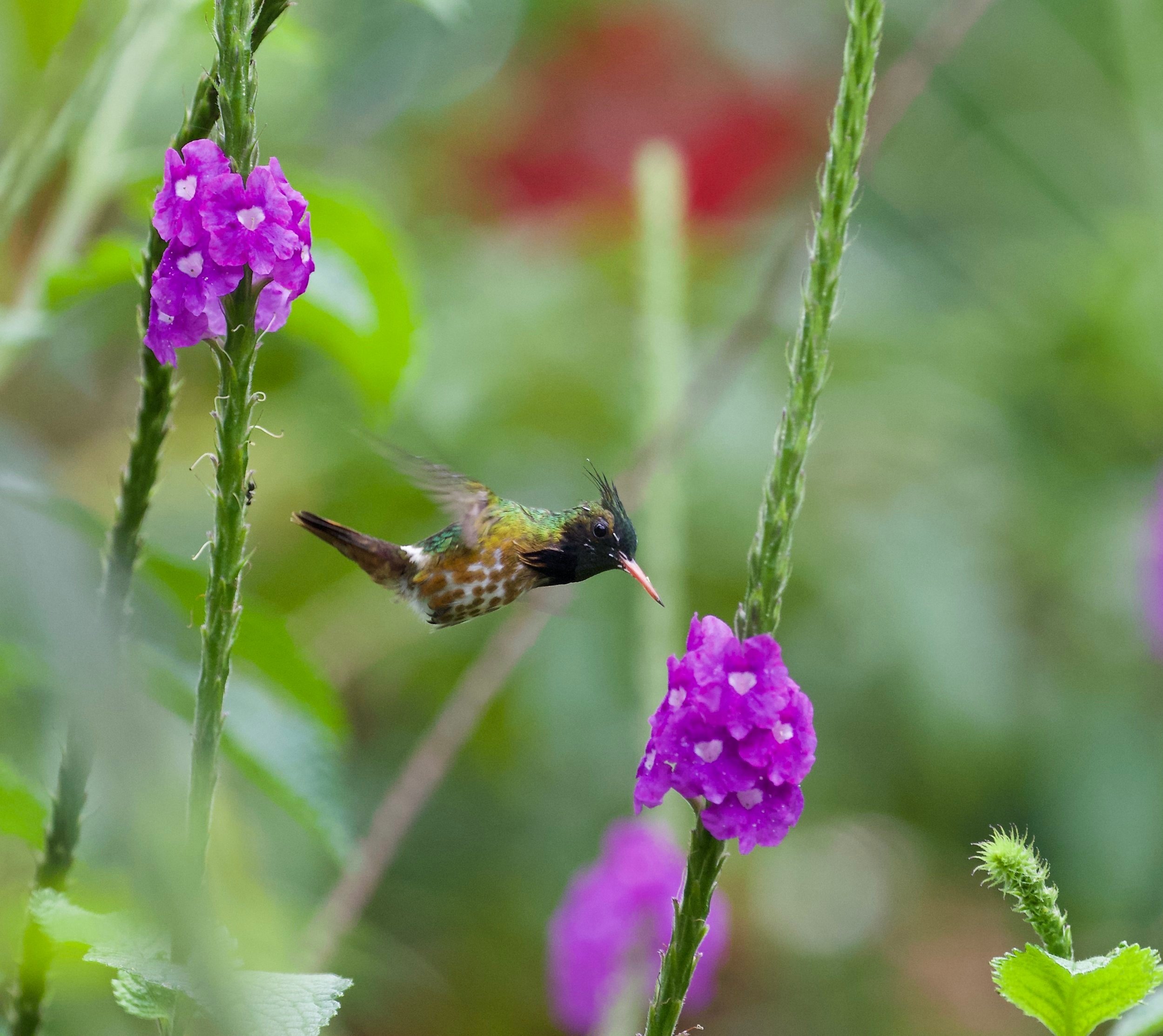
Mindful Birding
What is Mindful Birding?
Mindful Birding combines observing birds with mindfulness techniques, creating a practice that incorporates a heightened awareness. Labeling or identifying birds is not the primary focus, but instead, the intention is slowing down and noticing, using birds as our guides. This style of observation invites self-exploration, reciprocity, and an acknowledgment of our physical and emotional responses while within the practice.
Guiding principles of Mindful Birding are:
an awareness of being in the moment with the birds
an intention to turn our attention to birds and nature for self-care
of being without judgment in order to allow an experience to be what it will be, and not be disappointed by what happens (or doesn’t)
an exploration of one’s curiosity, wonder, and openness to experiencing awe
“Mindful birdwatching is setting aside knowledge, labels, and expectations while paying full attention - moment by moment and non-judgementally - to our direct experience with birds.”
— Claire Thompson, author of
The Art of Mindful Birdwatching
How is Mindful Birding different?
Many people wonder what makes Mindful Birding different from “traditional” birding. The answer is quite simple: It’s all about the intention.
Within traditional styles of birding, the emphasis is on the identification of birds and sometimes tallying numbers of birds found within a defined area. While this style of birding can hold significant value for conservation science, and certainly offers some of the same wellness benefits of Mindful Birding, the intention sets it apart.
Mindful Birding brings an intention to explore our relationship with birds and nature. There are times when the primary intention of Mindful Birding may be self-care. And, there are other times when it may be more relational - a search for a deep connection with nature through our love and curiosity about birds. Birding in this way creates a space for us to reinvigorate our connection to nature through birds while acknowledging and making space for a mind + body + spirit connection as well.
Many people who practice Mindful Birding also practice traditional styles of birding. Again, it’s all about shifting our birding intentions to fit our mood or the moment.
Why is this distinction important?
Birding does not have a one-size-fits-all definition.
When we define various styles of birding and share that there is not just one way to observe birds, we broaden the definition of birding, thereby creating a birding community that is more inclusive and welcoming.
Why is Mindful Birding beneficial?
Mounting scientific research shows that deepening our experiences with nature by intentionally slowing down, engaging our senses, and being aware of the present moment, holds a myriad of benefits to overall human wellness.
Studies show many benefits of nature and birds on mental and physical wellbeing, including:
Lowering blood pressure
Reducing anxiety
Relieving stress
Boosting the immune system
Strengthening the vascular system
Boosting mood
Using birds as the gateway to immersion with the natural world around us makes sense! Birds are charismatic wildlife that capture people’s attention and are found in habitats across the globe.
The practice of Mindful Birding works in concert with the birds and the natural world to provide benefits to our mind + body + spirit.
Please check out our page on Scientific Studies for more.
“We don’t experience natural environments enough to realize how restored they can make us feel, nor are we aware that studies also show they make us healthier, more creative, more empathetic and more apt to engage with the world and with each other. Nature, it turns out, is good for civilization.”
— Florence Williams, author of The Nature Fix
Is Mindful Birding conservation oriented?
Conservation is a by-product of Mindful Birding. When people take time to slow down and recognize the value of birds for the wellness benefits they provide to us, mind + body + spirit, this fosters stewardship and bolsters conservation.


